Comforting.
The closest nuclear power plant to tornado-ravaged Joplin, Mo., was singled out weeks before the storm for being vulnerable to twisters.
Inspections triggered by Japan's nuclear crisis found that some emergency equipment and storage sites at the Wolf Creek nuclear plant in southeastern Kansas might not survive a tornado.
Specifically, plant operators and federal inspectors said Wolf Creek did not secure equipment and vehicles needed to fight fires, retrieve fuel for emergency generators and resupply water to keep nuclear fuel cool as it's being moved.
..
Those instances, along with the situation at Wolf Creek, highlight a larger problem at the nation's 104 nuclear reactors: While reactors and safety systems are designed to withstand a worst-case earthquake, flood, or tornado, that doesn't necessarily mean all emergency equipment or the buildings that house such equipment are disaster proof.
Wolf Creek's location in Tornado Alley means that it was designed to handle the maximum tornadoes possible for the United States, with wind speeds up to 360 miles per hour and a maximum rotational speed of 290 miles per hour.
But its fire truck is parked in a sheet-metal building "not protected from seismic or severe weather events," according to the NRC inspection conducted after the Japanese disaster.
As the old saying goes: A chain is only as strong as its weakest link..
The closest nuclear power plant to tornado-ravaged Joplin, Mo., was singled out weeks before the storm for being vulnerable to twisters.
Inspections triggered by Japan's nuclear crisis found that some emergency equipment and storage sites at the Wolf Creek nuclear plant in southeastern Kansas might not survive a tornado.
Specifically, plant operators and federal inspectors said Wolf Creek did not secure equipment and vehicles needed to fight fires, retrieve fuel for emergency generators and resupply water to keep nuclear fuel cool as it's being moved.
..
Those instances, along with the situation at Wolf Creek, highlight a larger problem at the nation's 104 nuclear reactors: While reactors and safety systems are designed to withstand a worst-case earthquake, flood, or tornado, that doesn't necessarily mean all emergency equipment or the buildings that house such equipment are disaster proof.
Wolf Creek's location in Tornado Alley means that it was designed to handle the maximum tornadoes possible for the United States, with wind speeds up to 360 miles per hour and a maximum rotational speed of 290 miles per hour.
But its fire truck is parked in a sheet-metal building "not protected from seismic or severe weather events," according to the NRC inspection conducted after the Japanese disaster.
As the old saying goes: A chain is only as strong as its weakest link..







































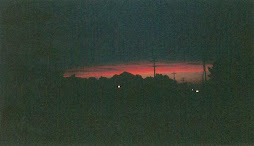





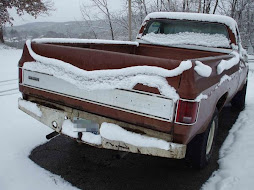

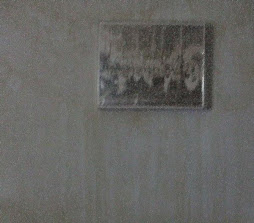





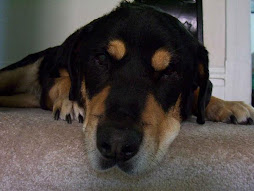
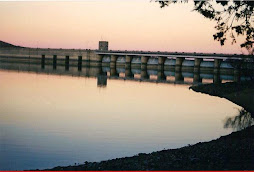






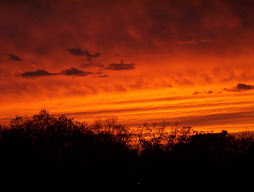
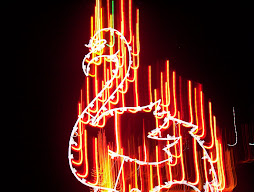




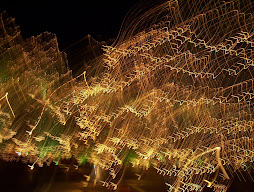


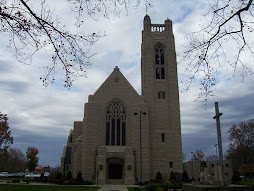





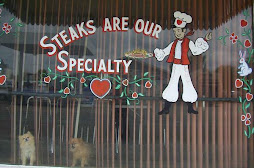




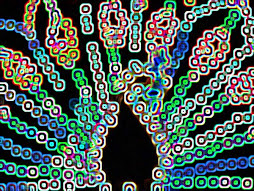






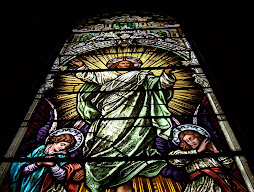


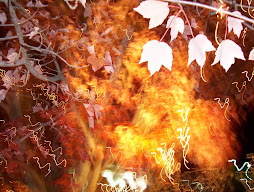
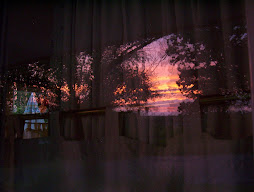
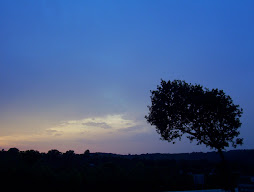







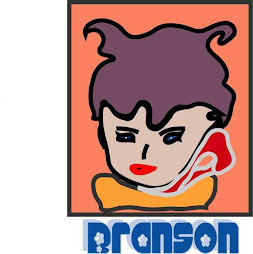



1 comment:
Wow! Didn't anyone learn anything from Japan???
Post a Comment